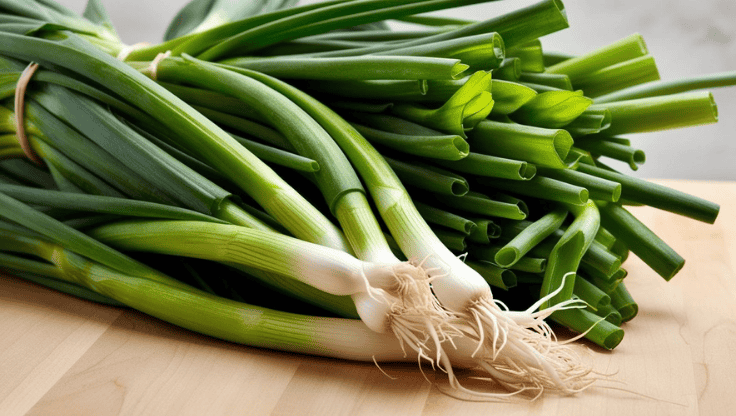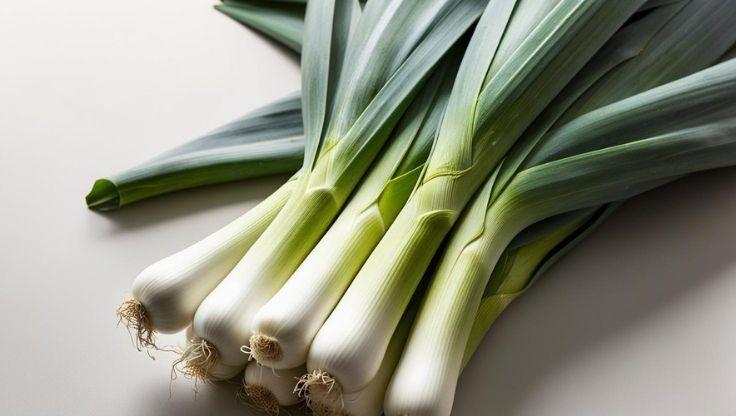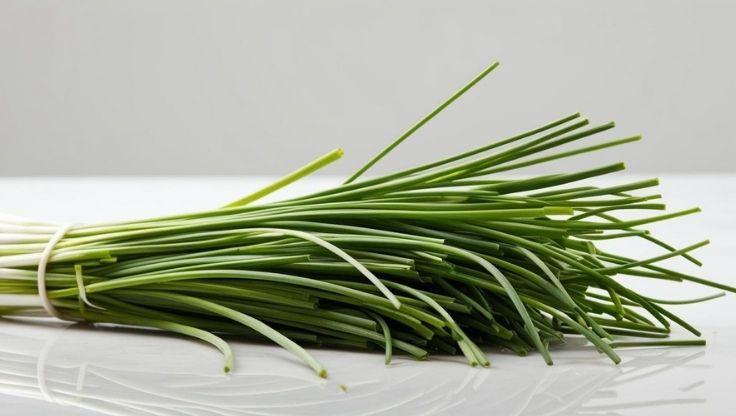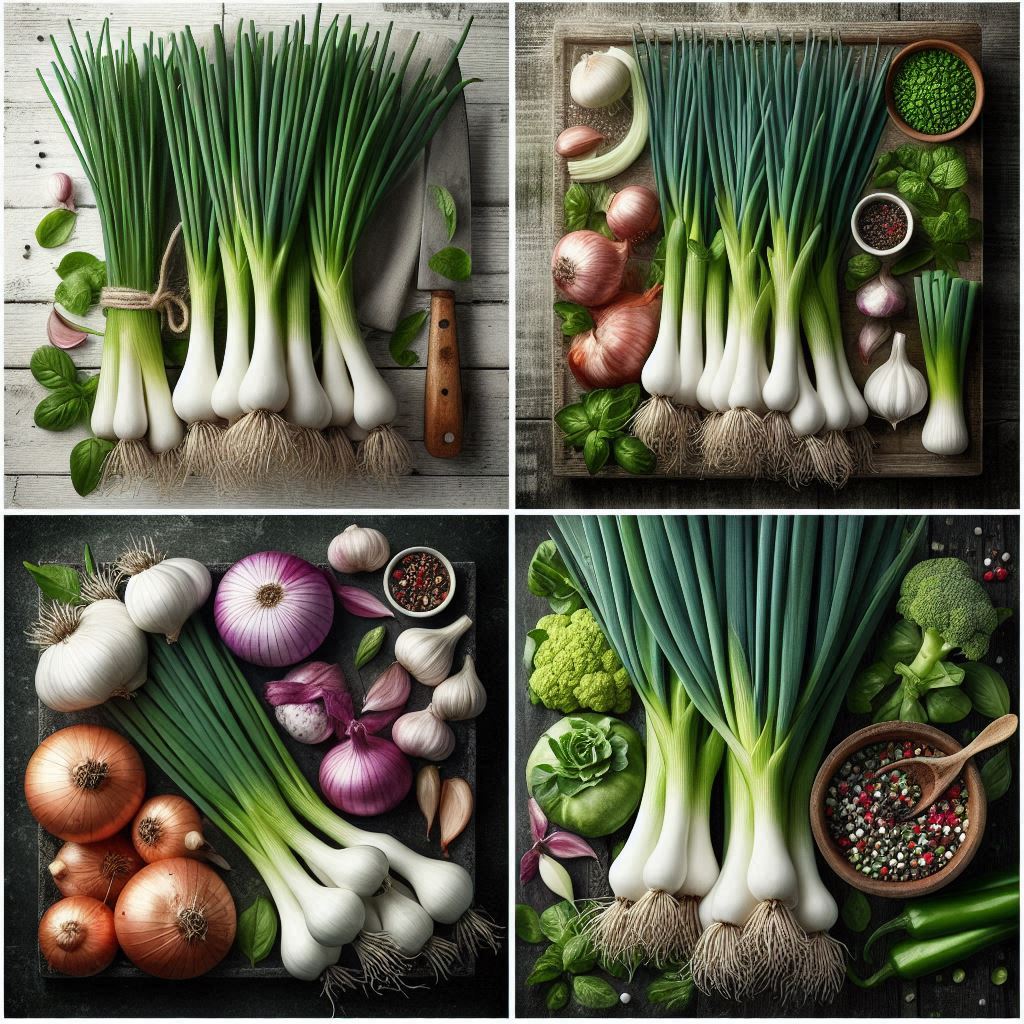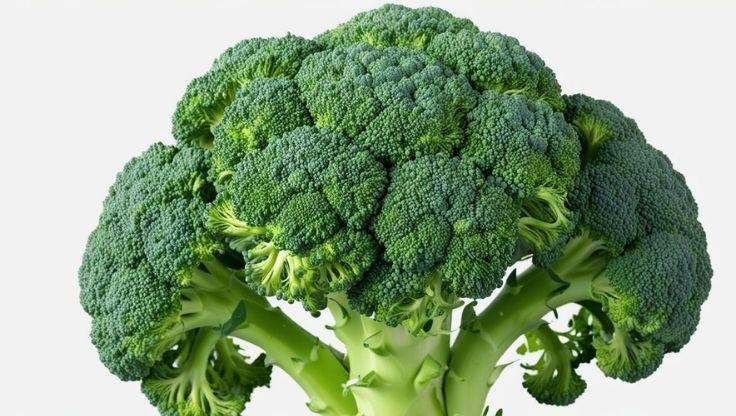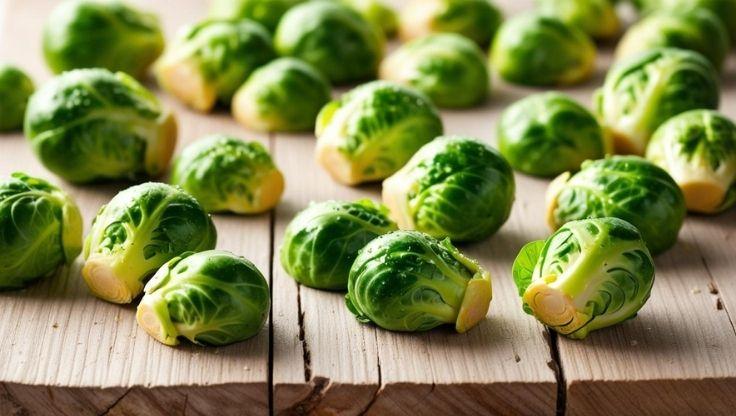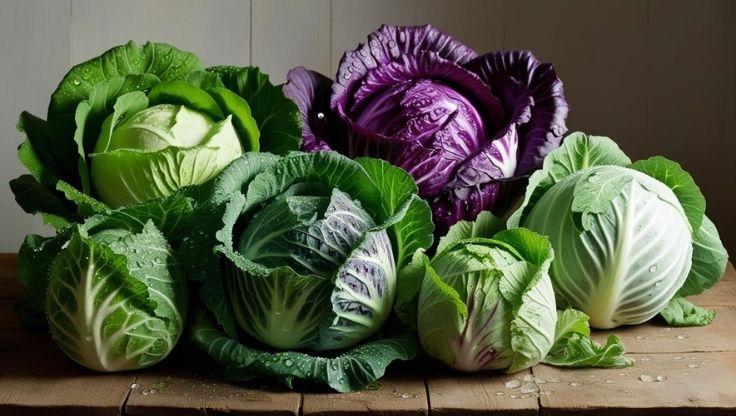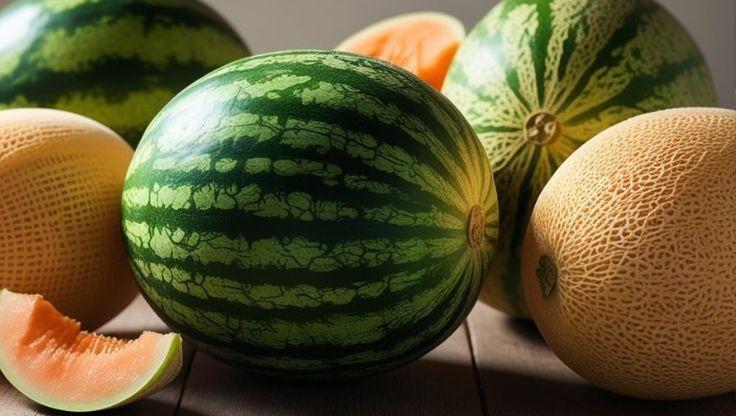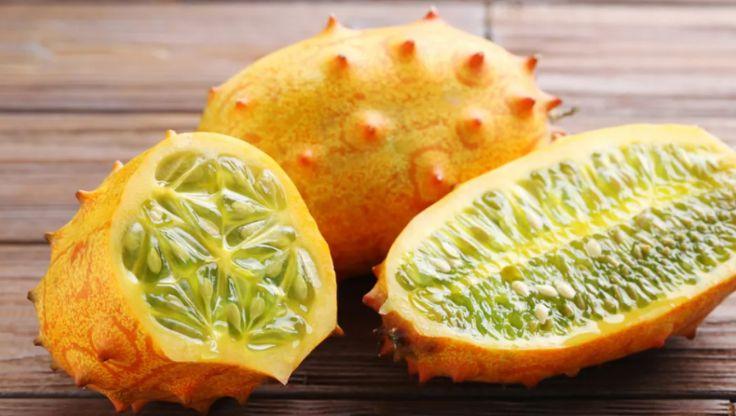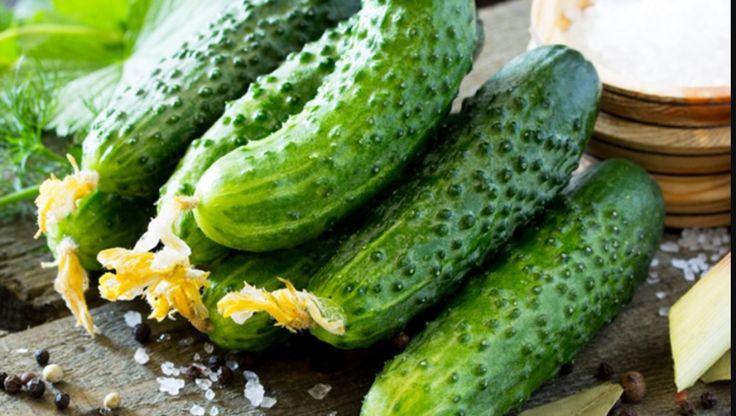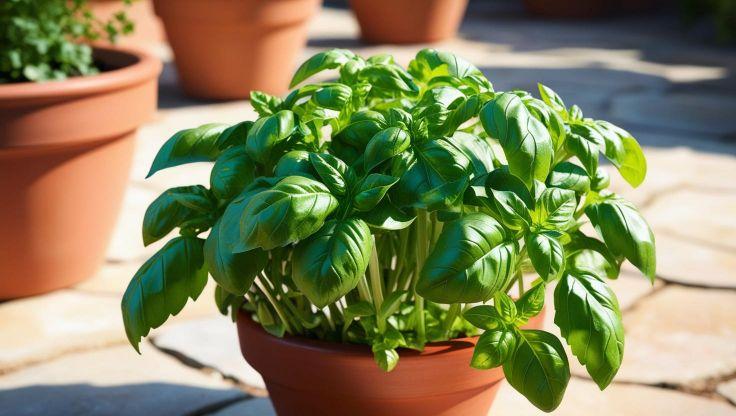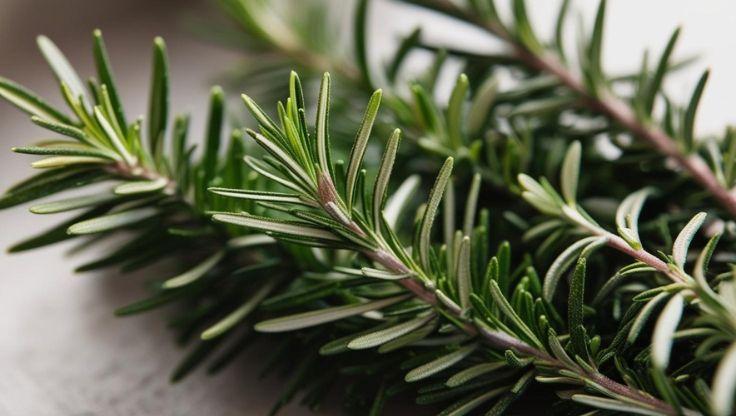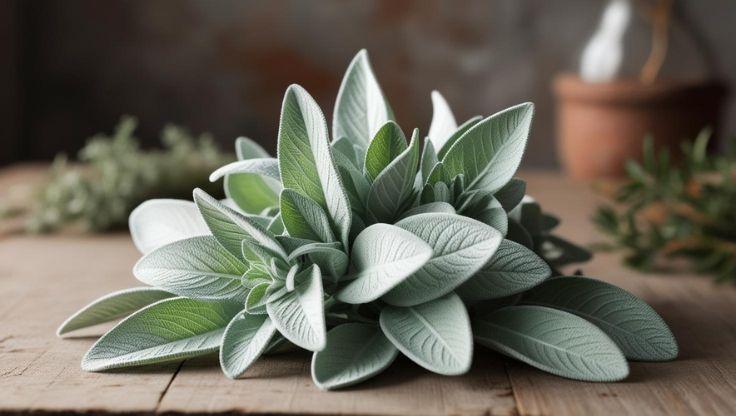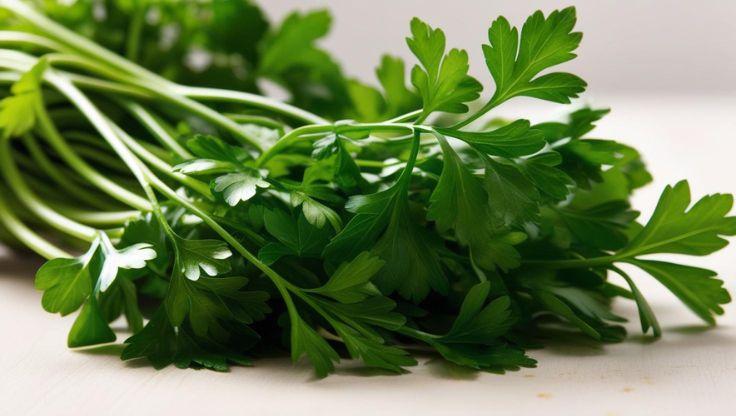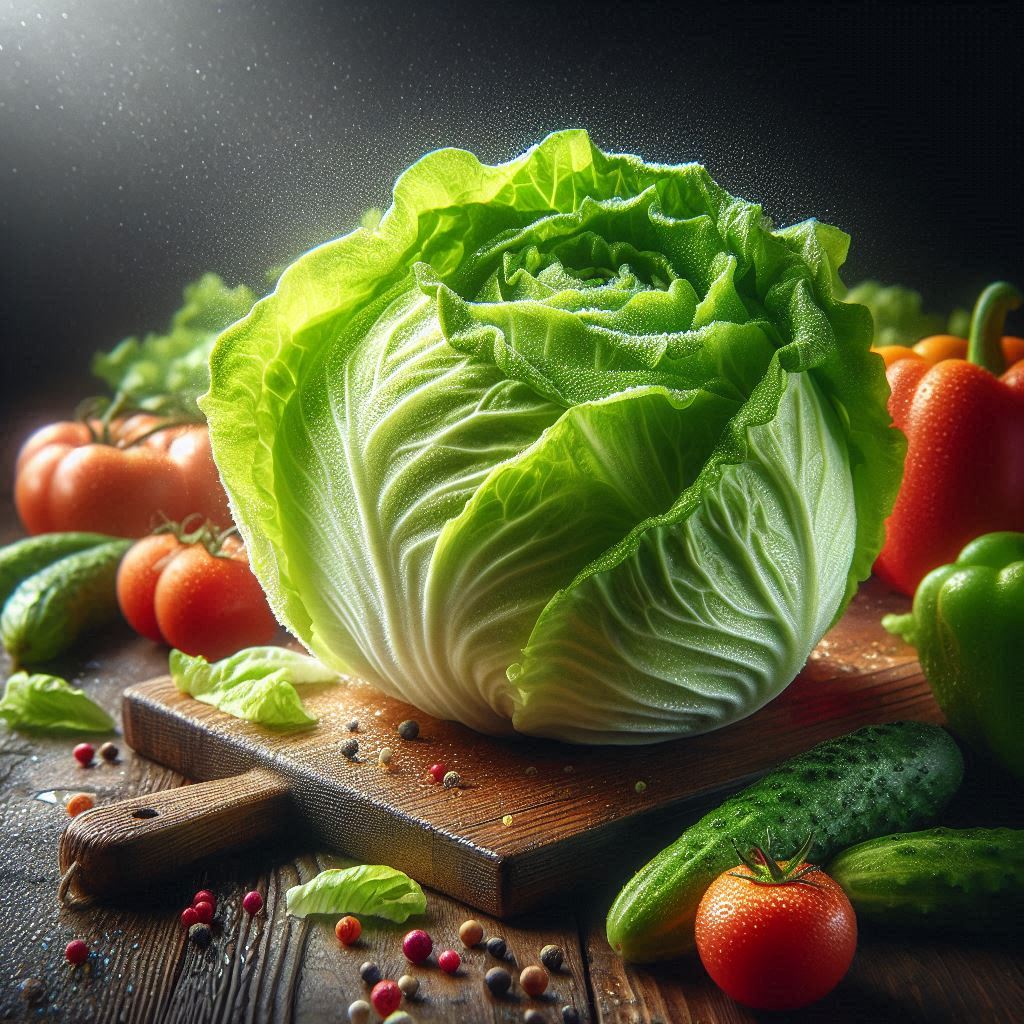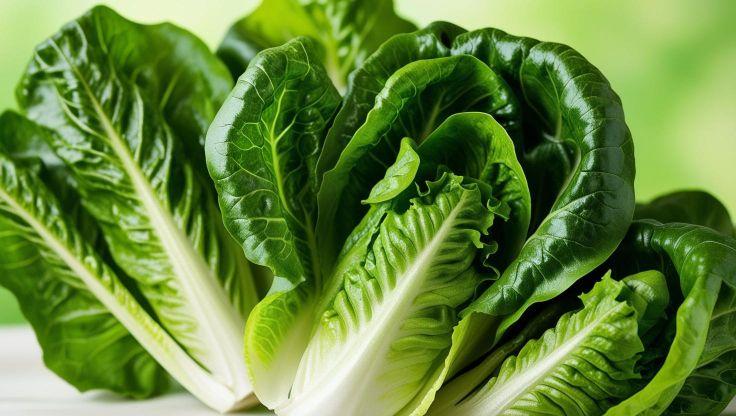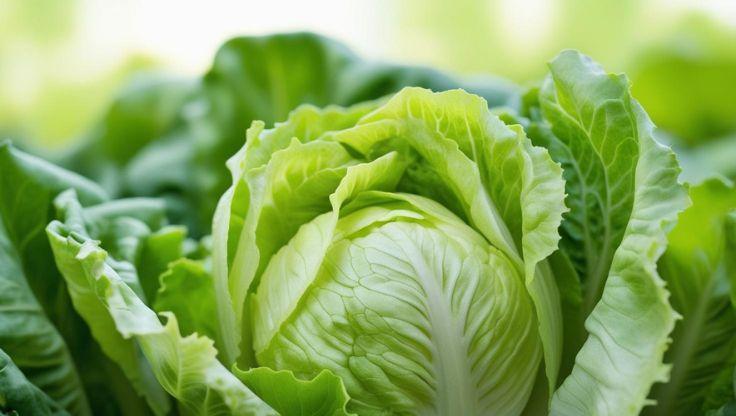Hydroponic Plants: A Complete Guide to Growing Oak Leaf Lettuce
Oak leaf lettuce (Lactuca sativa) is a loose-leaf hydroponic plants valued for its tender texture, mild flavor, and rapid growth. Unlike soil cultivation, growing oak leaf lettuce in hydroponic systems offers consistent nutrient delivery, faster harvest cycles, and a reduced risk of pests and diseases. The hydro garden method maximizes water efficiency while producing crisp, high-quality greens.

Hydroponic Growing Conditions
Ideal pH and EC Levels
- pH: 5.5–6.5 to ensure nutrient absorption.
- EC Level: 0.8–1.2 mS/cm to maintain balanced growth.
Light, Temperature, and Humidity Requirements
- Light: 12–14 hours daily exposure using LED or fluorescent grow lights.
- Temperature: 15–22°C (59–72°F) for optimal leaf formation.
- Humidity: 60–75% to maintain hydration and prevent wilting.
Best Hydroponic Systems for Oak Leaf Lettuce
- Deep Water Culture (DWC): Provides stable nutrient and water access.
- Nutrient Film Technique (NFT): Delivers a continuous flow of nutrients.
- Aeroponics: Enhances root oxygenation for efficient growth.
Nutrient Solutions and Water Management
- Maintaining balanced EC levels prevents deficiencies.
- Regular water circulation eliminates bacterial buildup.
- Monitoring pH ensures proper nutrient uptake.
Detailed Nutrient Formulation
- Early Growth: High nitrogen (N) promotes lush, leafy growth.
- Maturity Stage: Increased phosphorus (P) and potassium (K) strengthen roots and improve texture.
- Micronutrients: Calcium (Ca) fortifies leaf structure, magnesium (Mg) supports chlorophyll production.
Seed to Harvest Process
From seed to seedling, oak leaf lettuce germinates in 7–10 days under consistent moisture. After transplanting, it matures within 30–45 days, making it a fast-growing hydroponic herb for continuous harvests. Each growing hole typically contains 2–3 seeds for optimal spacing. Popular oak leaf lettuce varieties include Green Oak Leaf and Red Oak Leaf, prized for their tender leaves and vibrant colors.
Uses and Benefits
Culinary Applications
Oak leaf lettuce is commonly used in fresh salads, wraps, and sandwiches. Popular uses include:
- Delicate mixed greens in gourmet salads.
- Lettuce wraps for a light, crisp alternative to bread.
- Garnishes for burgers and tacos.
Health Benefits
Rich in fiber, vitamins A and K, and antioxidants, oak leaf lettuce promotes hydration and digestive health. Growing hydroponic plants ensures a clean, pesticide-free harvest.
Sustainability Advantages
Using hydro gardens enhances water conservation, reduces soil depletion, and optimizes growth cycles for consistent yields.
Challenges and Solutions
Common Pests and Diseases
While hydroponic cultivation minimizes pest exposure, common challenges include:
- Leaf Aphids: Controlled with natural repellents.
- Fungal Infections: Prevented with proper air circulation.
- Root Rot: Avoided with well-aerated nutrient solutions.
Growth Issues and Environmental Stress
To maintain healthy hydroponic plants, growers should:
- Maintain stable temperatures to prevent slow growth.
- Ensure sufficient spacing to avoid overcrowding.
- Monitor nutrients to prevent deficiencies
Research for expert insights
Discover expert knowledge and comprehensive information in the following resources.
|
Institution |
Article Title |
Article Link |
|---|---|---|
|
Frontiers in Plant Science |
Hydroponic lettuce in-situ water circulation evaluation via nondestructive mass measurement in controlled environment |
|
|
International Journal of Agricultural Research |
Optimizing Lettuce Yield and Quality: A Comparative Analysis of Hydroponic Cultivation with Different Soilless Amendments |
|
|
Oxford Academic |
Innovative design for a portable hybrid system of hydroponic and microalgae to produce food and biofuels |
|
|
Springer |
The role of automation and robotics in transforming hydroponics and aquaponics to large scale |
A comprehensive breakdown of key points ensures their work is a reliable resource for readers striving to learn more.


